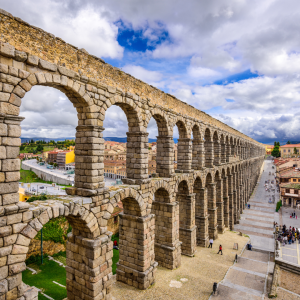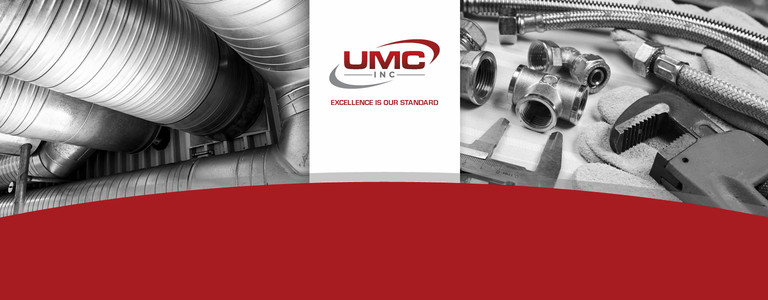 In the construction industry, particularly within the sphere of multi-family developments, understanding the history of plumbing and HVAC systems offers not just a lesson in engineering evolution but a foundation for navigating present and future challenges. At UMC, Inc., we pride ourselves on a comprehensive approach that blends historical insight with cutting-edge technology to address the specific needs and pain points of our clients and the communities we serve.
In the construction industry, particularly within the sphere of multi-family developments, understanding the history of plumbing and HVAC systems offers not just a lesson in engineering evolution but a foundation for navigating present and future challenges. At UMC, Inc., we pride ourselves on a comprehensive approach that blends historical insight with cutting-edge technology to address the specific needs and pain points of our clients and the communities we serve.
Plumbing Through the Ages: From Ancient Ingenuity to Modern Sophistication
The journey of plumbing began in ancient civilizations, such as the Indus Valley and ancient Rome, where the first aqueducts and lead pipes heralded the dawn of sophisticated public water systems and sanitation. These early marvels set the stage for the crucial role that plumbing would play in urban development, public health, and daily convenience.
However, the path from ancient aqueducts to the intricate plumbing networks of today was not straightforward. Through the Middle Ages and into the early modern period, the development of plumbing stagnated, leading to public health crises in rapidly growing urban centers. It wasn’t until the 19th century, motivated by the imperative for clean water and effective waste disposal, that major cities invested in comprehensive sewer systems and plumbing became a standard element of residential construction.
The evolution of plumbing is a testament to human ingenuity’s response to societal needs—enhancing not only the quality of construction but also the very quality of life itself. Today, the push for more efficient, environmentally sustainable plumbing solutions reflects our ongoing commitment to public health and comfort, as well as the preservation of our natural resources.
HVAC: Harnessing the Elements for Indoor Comfort
The history of heating, ventilation, and air conditioning (HVAC) is similarly intertwined with the quest for a better quality of life. From the ancient Roman hypocausts and the ingenious wind towers of the Middle East to the first modern air conditioning system developed by Willis Carrier in 1902, HVAC systems have long played a pivotal role in making indoor spaces livable, workable, and enjoyable.
As populations grew and urbanization increased, the demand for efficient climate control in buildings, including multi-family dwellings, became a priority. The introduction of centralized heating systems in the 19th century and the widespread adoption of air conditioning in the 20th century revolutionized architectural design, enabling the construction of taller, deeper, and more complex buildings.
Yet, with great power comes great responsibility. The challenge has always been to balance comfort with energy efficiency and environmental impact—a challenge that has become even more pressing in the face of global climate change. Innovations in HVAC technology, such as variable refrigerant flow systems, geothermal heating, and smart thermostats, showcase the industry’s ongoing efforts to meet this challenge, providing optimal indoor environments while reducing our carbon footprint.
Looking Forward: Commitment to Innovation and Sustainability
In recognizing the historical milestones of plumbing and HVAC systems, we also acknowledge the persistent challenges that have driven, and continue to drive, innovation in our field. At UMC, Inc., our commitment to quality, safety, and budget-consciousness is matched by our dedication to sustainability and efficiency. We understand that our clients—developers, builders, and inhabitants of multi-family developments—face unique demands and concerns. Whether it’s the imperative for reliable and efficient systems, the need for durability and low maintenance, or the push for green building certification, we are here to provide solutions that are as practical as they are forward-thinking.
As we look to the future, we draw on the lessons of the past to navigate the complexities of modern construction. The history of plumbing and HVAC is not just a chronicle of technological advancement but a narrative of human resilience and innovation. It is a story that inspires us to continue improving, learning, and collaborating with our clients and communities to build not just buildings, but better lives.






